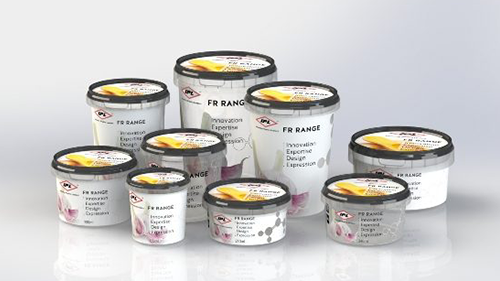Email format error
Email cannot be empty
Email already exists
6-20 characters(letters plus numbers only)
The password is inconsistent
Email format error
Email cannot be empty
Email does not exist
6-20 characters(letters plus numbers only)
The password is inconsistent

Plastic Injection Moulding Machine Manufacturer
Latest Blog

Navigating PVC Garden Pipe Machine Costs in China
In the realm of PVC garden pipe manufacturing, a profound understanding of its key components and how to assess costs is crucial for both manufacturers and buyers. This article delves into the essential elements of PVC garden pipe-making machines while providing methods to evaluate costs from Chinese suppliers, ensuring a balance between quality and cost-effectiveness.
I. Key Components of PVC Garden Pipe Making Machines
A. Material Feeding System
The material feeding system serves as the foundation for PVC pipe machines, where the storage and supply of raw materials play a pivotal role. Optimizing the storage and supply process reduces initial costs and enhances production efficiency. The design of the feeding mechanism and transfer methods is crucial for ensuring the uniform supply of raw materials and guaranteeing the quality of the pipes.
B. Extrusion Unit
The extrusion unit is the core of PVC pipe manufacturing machines, with the design of the extrusion barrel and screw determining the molding effectiveness. The heating and cooling systems of the extrusion machine are crucial for handling PVC material, ensuring it melts adequately without compromising quality. Continuous technological upgrades significantly impact both costs and efficiency.
C. Mold and Molding Components
The design and fabrication of molds are critical factors influencing the appearance and dimensions of PVC pipes. By optimizing mold design, manufacturers can produce more precise and consistent products. The molding process and adjustments are equally vital, directly affecting the quality and production efficiency of the pipes.
D. Cutting and Stacking System
The cutting and stacking system represents the final stages of PVC pipe machines, directly influencing the overall quality and appearance of the products. Efficient cutting mechanisms and techniques ensure the accurate length of pipes, while reasonable stacking and packaging solutions contribute to increased production efficiency and reduced transportation costs.

II. How to Determine the Cost of PVC Garden Pipe Making Machines from Chinese Suppliers?
A. Analysis of Raw Material Costs
Assessing the cost of PVC garden pipe-making machines begins with an in-depth analysis of raw material costs. Understanding PVC raw material prices, the supply chain situation, and the costs of other related materials helps manufacturers make informed decisions when selecting suppliers.
B. Machine Configuration and Technical Costs
Choosing the right machine configuration is key to balancing costs and performance. Thoughtful selection of basic machine configurations and options, along with due consideration for the costs of technological integration and upgrades, ensures machines meet requirements while maintaining cost-effectiveness.
C. Labor and Operational Costs
Beyond machine costs, labor and operational costs are crucial factors in assessing the cost of PVC garden pipe-making machines. Considering the wages and training needs of production staff, along with an analysis of production efficiency and operational costs, provides manufacturers with a comprehensive understanding of cost structures.
D. After-Sales Service and Support Costs
Choosing a supplier involves more than just the costs during the purchase phase; it also includes after-sales service and support costs. Understanding warranty policies and maintenance service costs, as well as technical support and training costs, is essential for ensuring the success of long-term collaborative relationships.
E. Supplier Comparison and Cost-Benefit Analysis
When selecting PVC garden pipe-making machine suppliers in China, a comprehensive comparison is indispensable. Understanding an overview of leading suppliers in China and comparing them in terms of cost-effectiveness, quality, and services helps manufacturers make informed decisions.
By gaining in-depth insights into the key components of PVC garden pipe making machines and methods for cost evaluation, manufacturers can stay competitive globally, ensuring both product quality and cost-effectiveness are prioritized.

